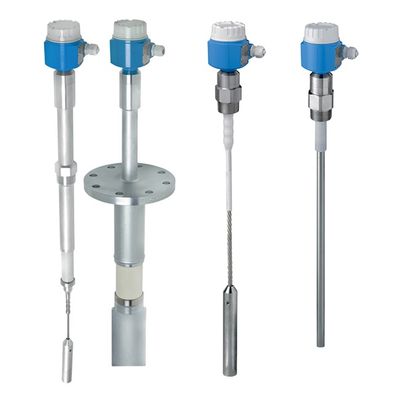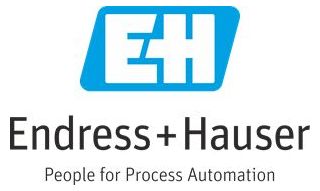Endress+Hauser Minicap FTC262
Capacitive limit switch

We ship
to United States of America
Capacitive limit switch

Item Number:
Minicap FTC262
Delivery standard: 3-6 weeks, depending on the country.
Condition: new
Contact our experts
- Overview +
- Comments +
Minicap capacitive limit switch for light bulk solids. Rope probe. Suitable for bulk media that are particularly aggressive and prone to heavy deposits.
Buy Endress+Hauser Minicap FTC262 with the best possible price and delivery terms on eltra-trade.com
eltra-trade.com provides top-notch industrial control components. Our online catalog features a diverse selection of products, all available for fast delivery. Benefit from our competitive prices and excellent customer support. Trust us to meet your automation equipment requirements efficiently.
People also buy


Comments
No comments yet